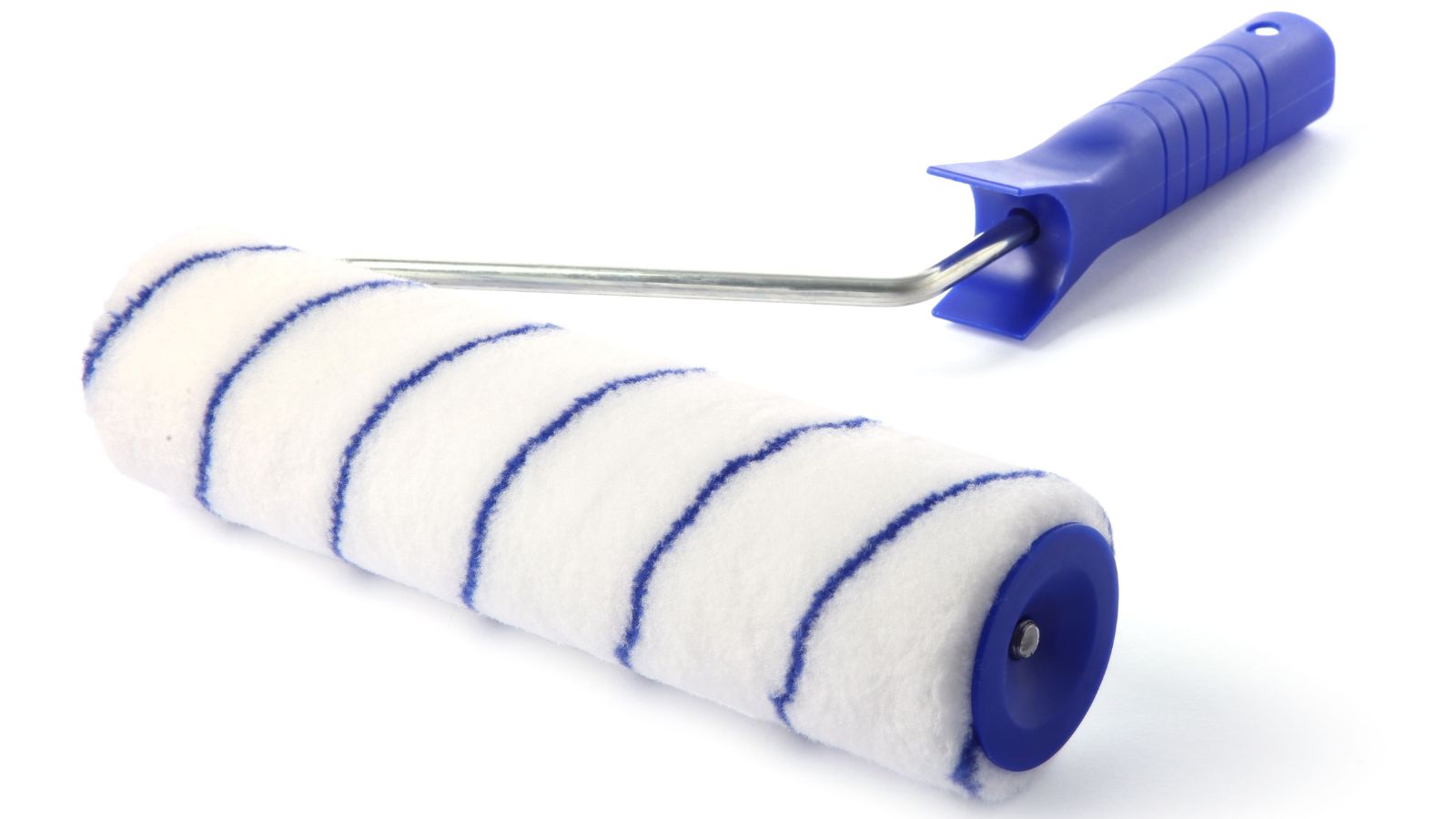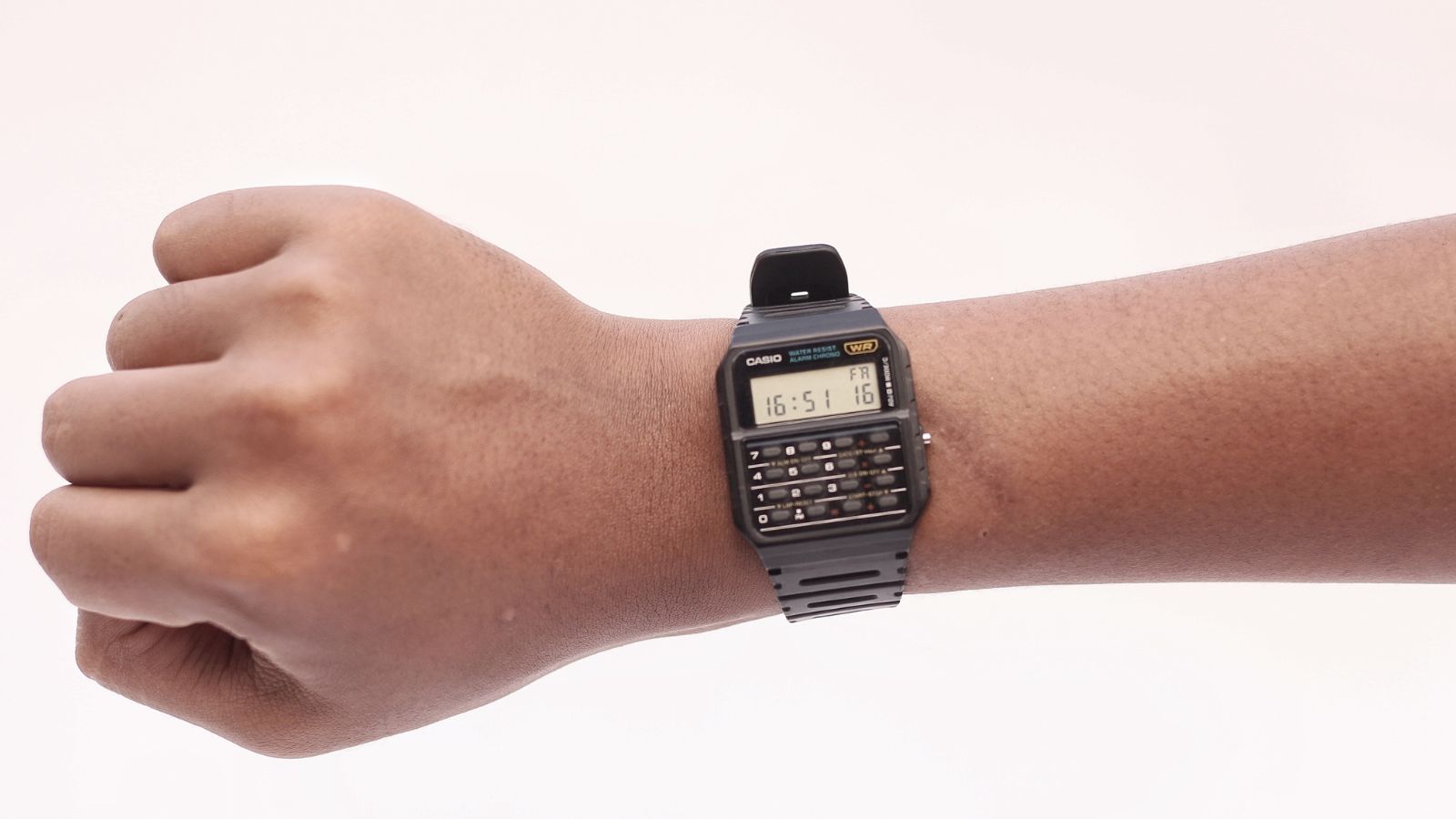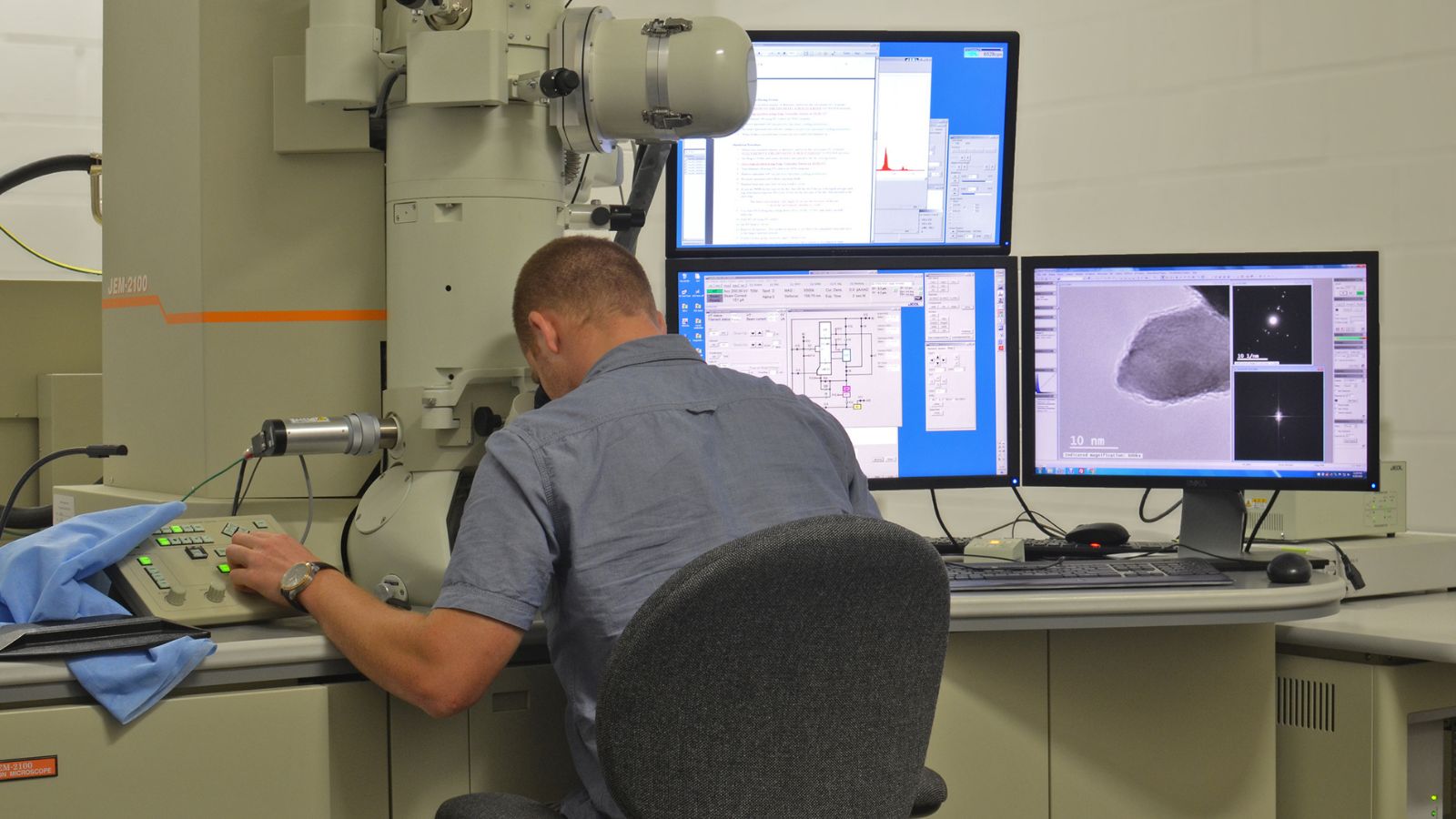When comparing Canada and the United States, most people focus on size, economy, or pop culture. But sometimes, Canada quietly takes the lead with inventions, ideas, and values that truly stand out. From game-changing medical breakthroughs to cultural moments that shaped global trends, Canada has shown time and again that bigger isn’t always better. Here are 22 times Canada did it better than the U.S.
Insulin

Discovered in 1921 by Canadian scientists Frederick Banting and Charles Best, insulin transformed diabetes from a fatal condition into a manageable one. Their work at the University of Toronto was not just groundbreaking in the field of medicine. It was also driven by compassion. Instead of seeking profit, they sold the patent for just one dollar, believing that insulin belonged to the world. This selfless act stands in sharp contrast to the pricing system in the United States, where insulin remains unaffordable for many.
The Wonderbra

While bras existed before, the Wonderbra in its modern form was perfected and popularized in Canada. In 1964, Canadian designer Louise Poirier created the push-up design that would become a global sensation. Its engineering was so precise that it changed both fashion and body image across the world. Unlike many American products that focus on fast trends, the Wonderbra blended comfort and support with lasting appeal. It began in Montreal and soon became a fashion staple around the world.
The Canadarm

The Canadarm was Canada’s significant contribution to space exploration, developed in the late 1970s for NASA’s Space Shuttle program. This robotic arm played a key role in launching and repairing satellites, assembling parts of the International Space Station, and supporting astronauts during spacewalks. Its success helped establish Canada as a leader in aerospace innovation. While the United States often gets the spotlight for space missions, the Canadarm quietly powered many of its key accomplishments.
The Avro Arrow

The Avro Arrow was a supersonic jet fighter developed by Canadian engineers in the 1950s. It was far ahead of its time, capable of flying faster and higher than many aircraft built later. Though the project was controversially cancelled in 1959, it still represents one of Canada’s most impressive technological achievements. Engineers who worked on the Arrow went on to play major roles in NASA projects. While the U.S. dominated in defense manufacturing, Canada showed it could lead in innovation.
Poutine

Poutine, a humble dish of French fries topped with cheese curds and gravy, is now a symbol of Canadian comfort food. It started in rural Quebec in the 1950s and has since become popular across the country and even beyond. Unlike fast food trends in the U.S. that come and go, poutine has grown steadily, representing a deeper cultural connection. It celebrates Canada’s French roots, regional pride, and love for simple, hearty food. Poutine is more than just a snack—it is a shared experience that brings people together across provinces and communities.
The Zipper

Though the concept of the zipper had multiple inventors, it was Canadian engineer Gideon Sundback who perfected its modern design in 1913. His version allowed for smooth fastening and unfastening, changing fashion and function in clothing forever. While the United States helped market it, the zipper’s core innovation came from Canada. It soon became an essential part of everyday items like jackets, bags, boots, and tents. This small but powerful invention shows how Canadian ingenuity quietly shaped the way the world dresses and moves. The zipper’s impact proves that sometimes the simplest ideas have the biggest reach.
Instant Replay

Instant replay, now a regular feature in televised sports, was first used during a Canadian broadcast of a hockey game in 1955. This breakthrough allowed audiences to rewatch game-changing moments seconds after they happened, adding a whole new level of excitement and analysis to sports broadcasting. The U.S. adopted the idea later, but Canada led the way in rethinking how fans experience live sports. This Canadian innovation forever changed television, making it more interactive and engaging.
The Paint Roller

In the 1940s, Canadian Norman Breakey created the modern paint roller in Toronto. His design helped speed up the painting process by replacing brushes with a reusable roller and handle. While it may seem simple today, the paint roller transformed how people approached home improvement and large-scale painting jobs. It made painting more efficient, less messy, and accessible for homeowners. Although he didn’t profit much from the invention, Breakey’s idea spread quickly. Canada’s contribution through this tool made painting easier for millions of people.
Walkie-Talkie

The walkie-talkie, a revolutionary communication device, was developed by Canadian inventor Donald Hings in the 1930s. Initially designed for mining and forestry workers, it quickly became a critical tool for military operations during World War II. Hings’ version allowed wireless voice communication over long distances, changing how people coordinated in real time. Although the U.S. military later refined and mass-produced it, the original idea came from Canada. Today, walkie-talkies are still used in security, construction, and events.
Trivial Pursuit

Trivial Pursuit, the popular board game that tests players’ general knowledge, was created by Canadians Chris Haney and Scott Abbott in 1979. Born from a casual evening of brainstorming, the game quickly gained popularity for its blend of fun and intellectual challenge. It became a household name in the 1980s, selling millions of copies around the world. While the U.S. embraced and marketed it widely, its roots are proudly Canadian. Trivial Pursuit transformed board gaming by making knowledge entertaining and competitive.
IMAX

IMAX technology, known for its immersive movie experience, was invented by a team of Canadian filmmakers, including Graeme Ferguson and Roman Kroito, in the late 1960s. They aimed to create a larger, more powerful way to experience films, both visually and emotionally. IMAX screens are taller, the resolution is higher, and the sound is exact. The first IMAX film debuted at Expo 67 in Montreal, impressing global audiences. Since then, IMAX has been adopted by theaters worldwide and even used by NASA.
Egg Cartons

The egg carton was invented by Canadian newspaper editor Joseph Coyle in 1911 to solve a simple but frustrating problem. After witnessing a dispute over broken eggs between a farmer and a hotel owner, he designed a paper container with individual compartments to keep eggs safe during transport. His invention caught on quickly, helping farmers and retailers deliver eggs without damage. Over time, the design evolved into various eco-friendly and reusable options. This practical solution, born in Canada, became a standard across the globe.
Garbage Bags

The disposable garbage bag is another everyday essential of Canadian origin. In the 1950s, Winnipeg inventors Harry Wasylyk and Larry Hansen created the first green polyethylene garbage bags for commercial use. Initially developed for hospital sanitation, the idea quickly spread into households. Their invention helped improve public health by containing waste more efficiently and hygienically. Eventually, garbage bags became a staple of modern waste management worldwide.
Standard Time

Standard time, the system that organizes the world into time zones, was first proposed by Canadian engineer Sir Sandford Fleming in the late 19th century. Before this, towns set their own time based on the sun, which confused train travel and communication. Fleming’s idea was to divide the globe into 24 equal time zones, each one hour apart. This system was officially adopted at the International Meridian Conference in 1884. Today, every country in the world uses some version of standard time.
The Electron Microscope

The electron microscope, which transformed how scientists view the microscopic world, was co-developed by Canadian physicist James Hillier in the 1930s. Unlike traditional microscopes that use light, this one uses a beam of electrons to magnify objects at a much higher resolution. This breakthrough allowed researchers to see viruses, cell structures, and materials at the atomic level. Hillier’s contribution helped push the boundaries of biology, chemistry, and materials science. Thanks to this Canadian-led advancement, modern medicine, nanotechnology, and diagnostics have all progressed in ways that were once impossible.
The Bloody Caesar Cocktail

The Bloody Caesar is a uniquely Canadian cocktail invented in 1969 by Calgary bartender Walter Chell. Asked to create a signature drink for the opening of a new restaurant, Chell mixed vodka, clam-infused tomato juice (Clamato), hot sauce, and spices. The result became an instant hit. Unlike the Bloody Mary, the Caesar offers a briny, savory twist that Canadians embraced wholeheartedly. Today, it’s considered Canada’s national cocktail, served everywhere from fine dining establishments to backyard barbecues.
Java Programming Language

Although often associated with Silicon Valley, the Java programming language was developed by James Gosling, a Canadian computer scientist working at Sun Microsystems in the 1990s. Designed to be simple, secure, and platform-independent, Java quickly became one of the most widely used programming languages in the world. It powers everything from mobile apps to enterprise systems and web applications. Gosling’s Canadian roots remind us that global tech revolutions often trace back to innovative minds from all over the world.
The BlackBerry Smartphone

Before iPhones took over, the BlackBerry was the gold standard for mobile communication. Developed by Canadian company Research In Motion (RIM) in the late 1990s, it combined email, messaging, and phone features in one compact device. It quickly became a favorite among business professionals and world leaders due to its secure messaging system and tactile keyboard. Though its popularity declined with the rise of touchscreen phones, the BlackBerry paved the way for the modern smartphone era.
Electronically Controlled Prosthetics

Canadian researchers have made remarkable progress in the field of electronically controlled prosthetics. These advanced devices use signals from the user’s muscles or nervous system to control movement in real time. Unlike traditional prosthetics, they allow for finer motion, better grip, and a more natural feel. Institutions like the University of Alberta have been at the forefront of this research, improving the lives of amputees worldwide. This innovation stands as a powerful example of how Canadian science focuses on fundamental human needs, using technology to restore independence and confidence to people with limb loss.
The YouTube Co-Founder

One of the co-founders of YouTube, Jawed Karim, spent part of his early life in Canada. While the platform was officially launched in the United States, Karim’s Canadian background played a role in shaping his global perspective. He uploaded the site’s first-ever video, marking the beginning of a platform that would revolutionize how we share and consume content. Today, billions of people use YouTube for everything from education to entertainment.
The Telephone

Alexander Graham Bell, credited with inventing the telephone, developed his groundbreaking work while living in Canada. In 1874, Bell worked on sound transmission at his family’s home in Brantford, Ontario, where he first conceived the idea of transmitting voice electrically. He made his first successful call in 1876. This invention fundamentally changed how people connect across distances. Though Bell later moved to the United States, Canada proudly claims a key chapter in the history of telecommunications.
Ice Hockey

Ice hockey is more than a sport in Canada — it’s a national passion and cultural cornerstone. While variations of the game existed elsewhere, modern ice hockey was formalized in Montreal in the 1870s. Canada created the rules, hosted the first indoor game, and nurtured generations of world-class players. The Stanley Cup, introduced in 1893, remains one of the most prestigious trophies in sports. Whether it’s backyard rinks, local leagues, or Olympic teams, Canadians embrace hockey as part of their identity.
21 Products Canadians Should Stockpile Before Tariffs Hit

If trade tensions escalate between Canada and the U.S., everyday essentials can suddenly disappear or skyrocket in price. Products like pantry basics and tech must-haves that depend on are deeply tied to cross-border supply chains and are likely to face various kinds of disruptions
21 Products Canadians Should Stockpile Before Tariffs Hit
